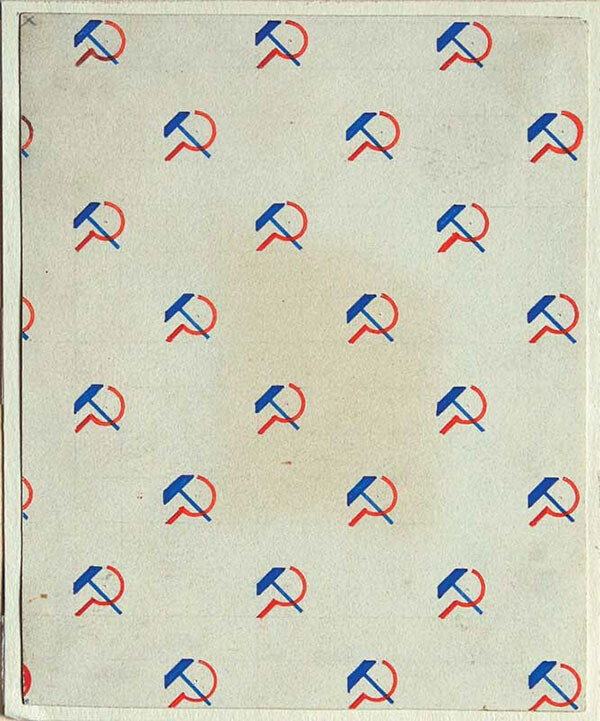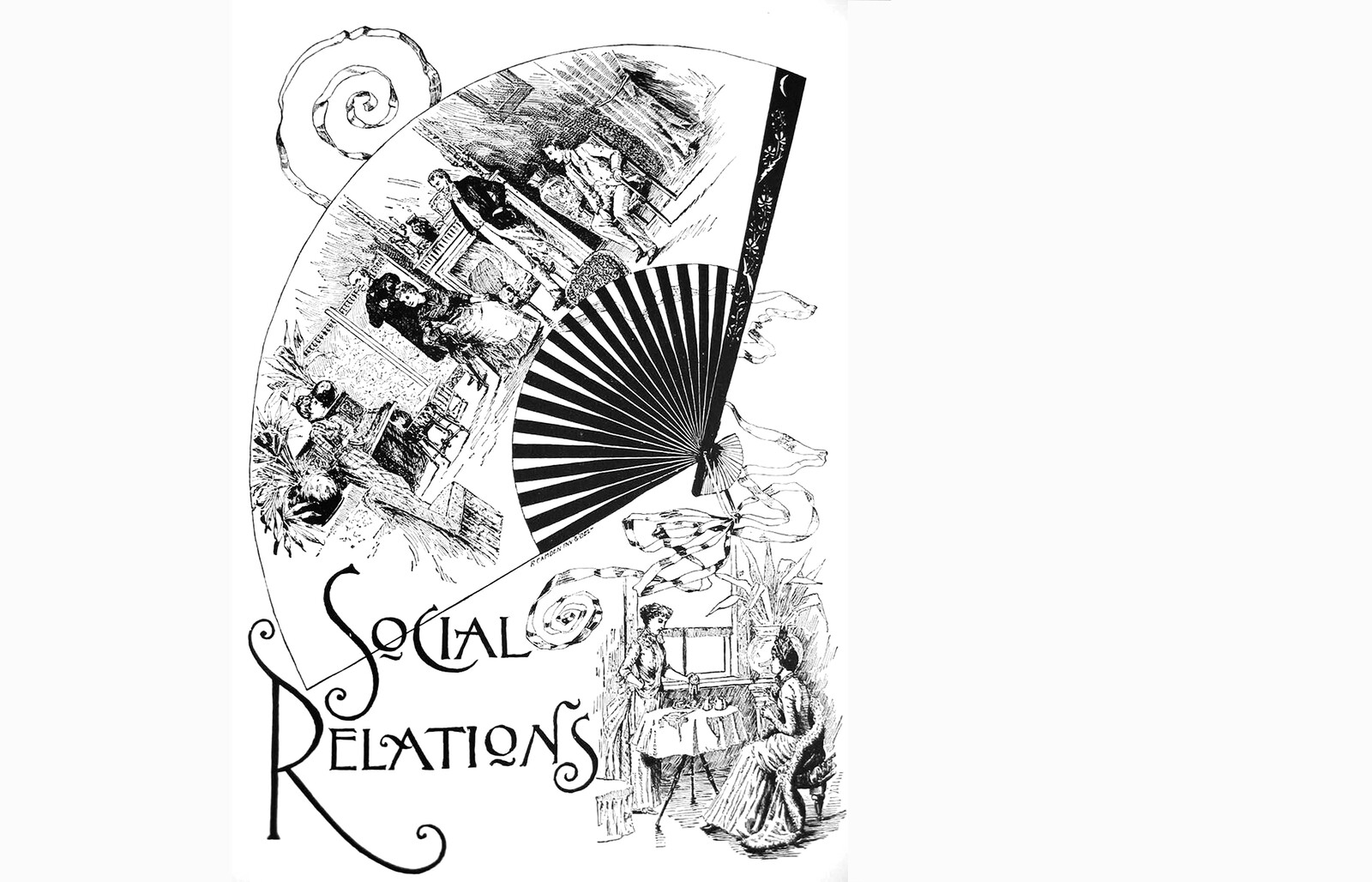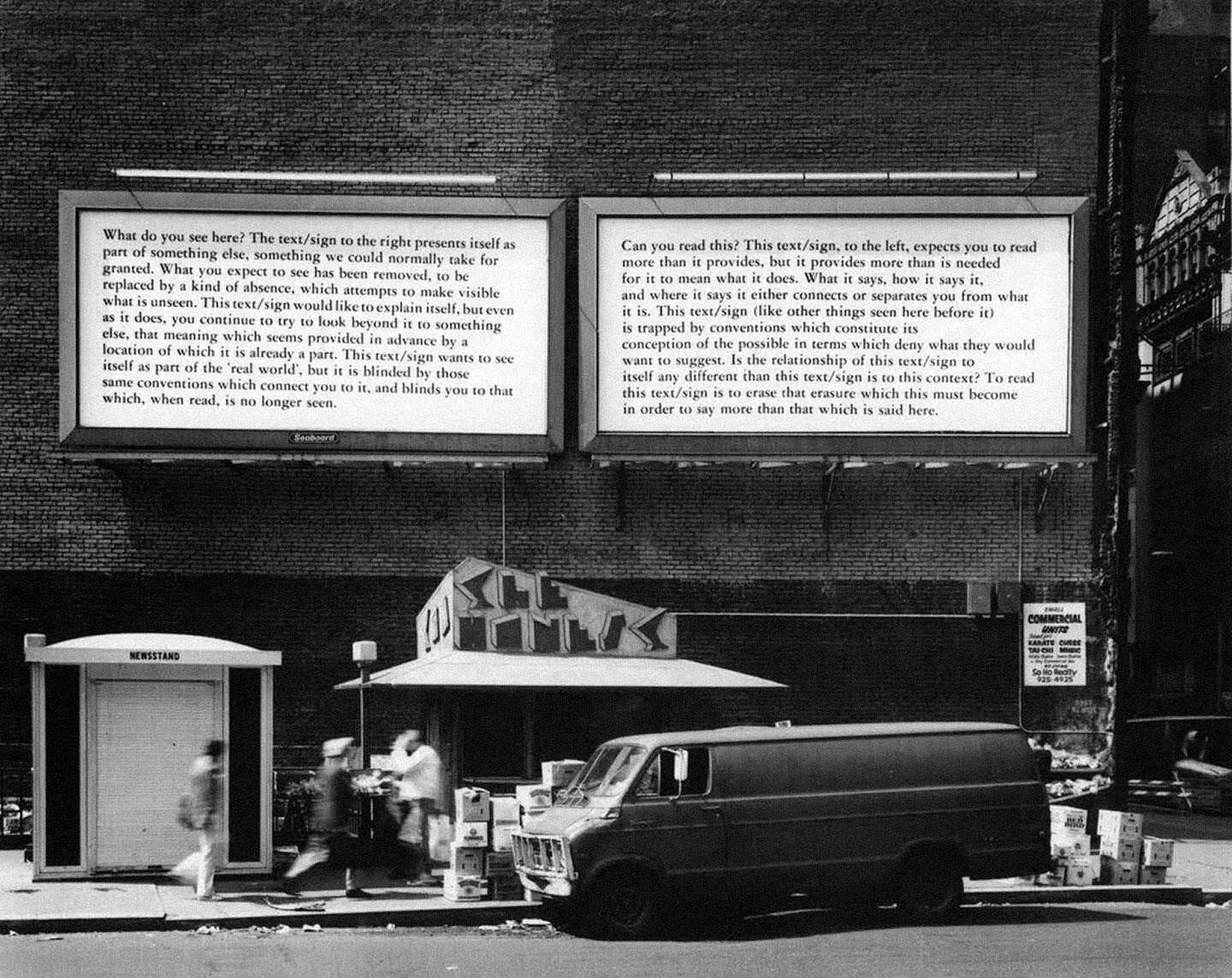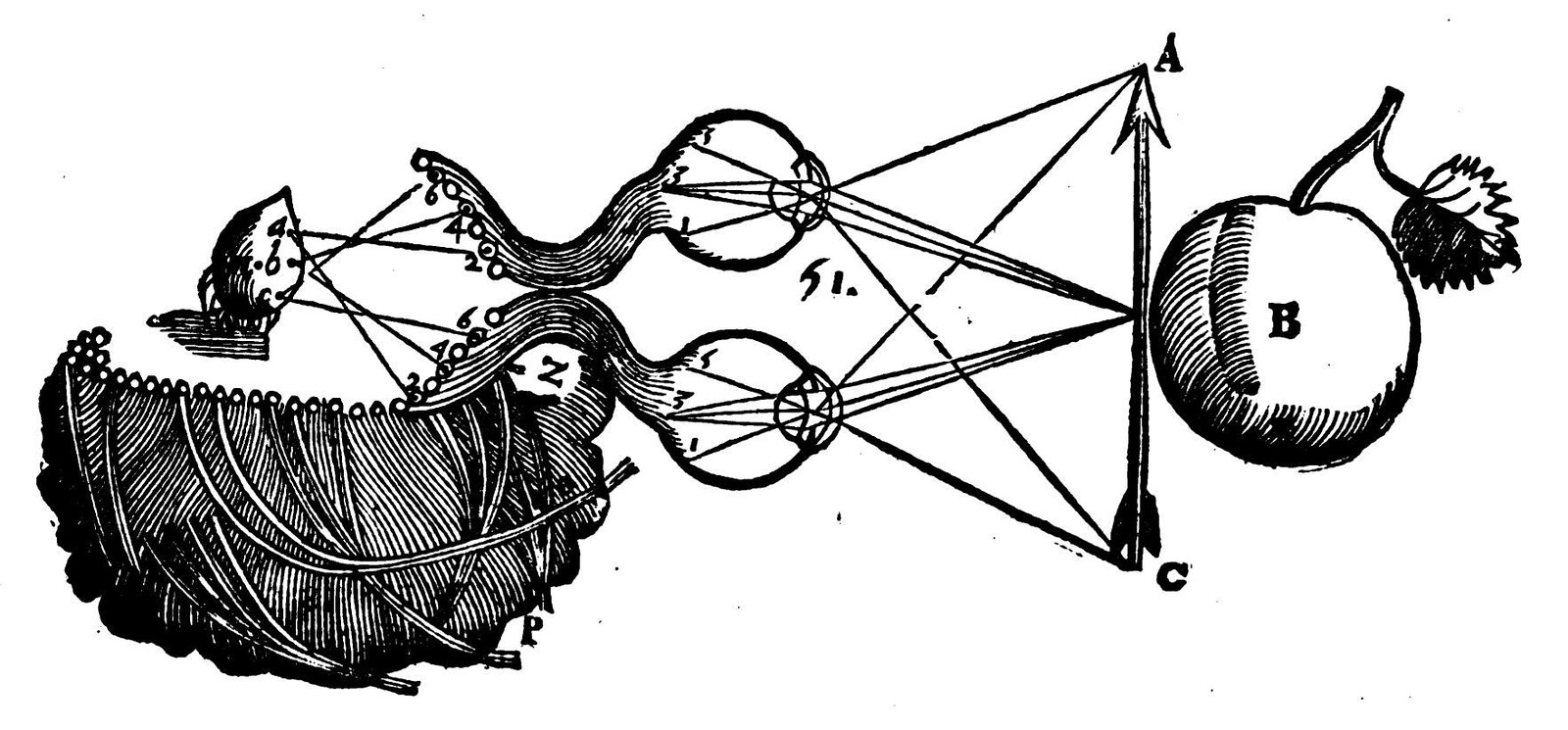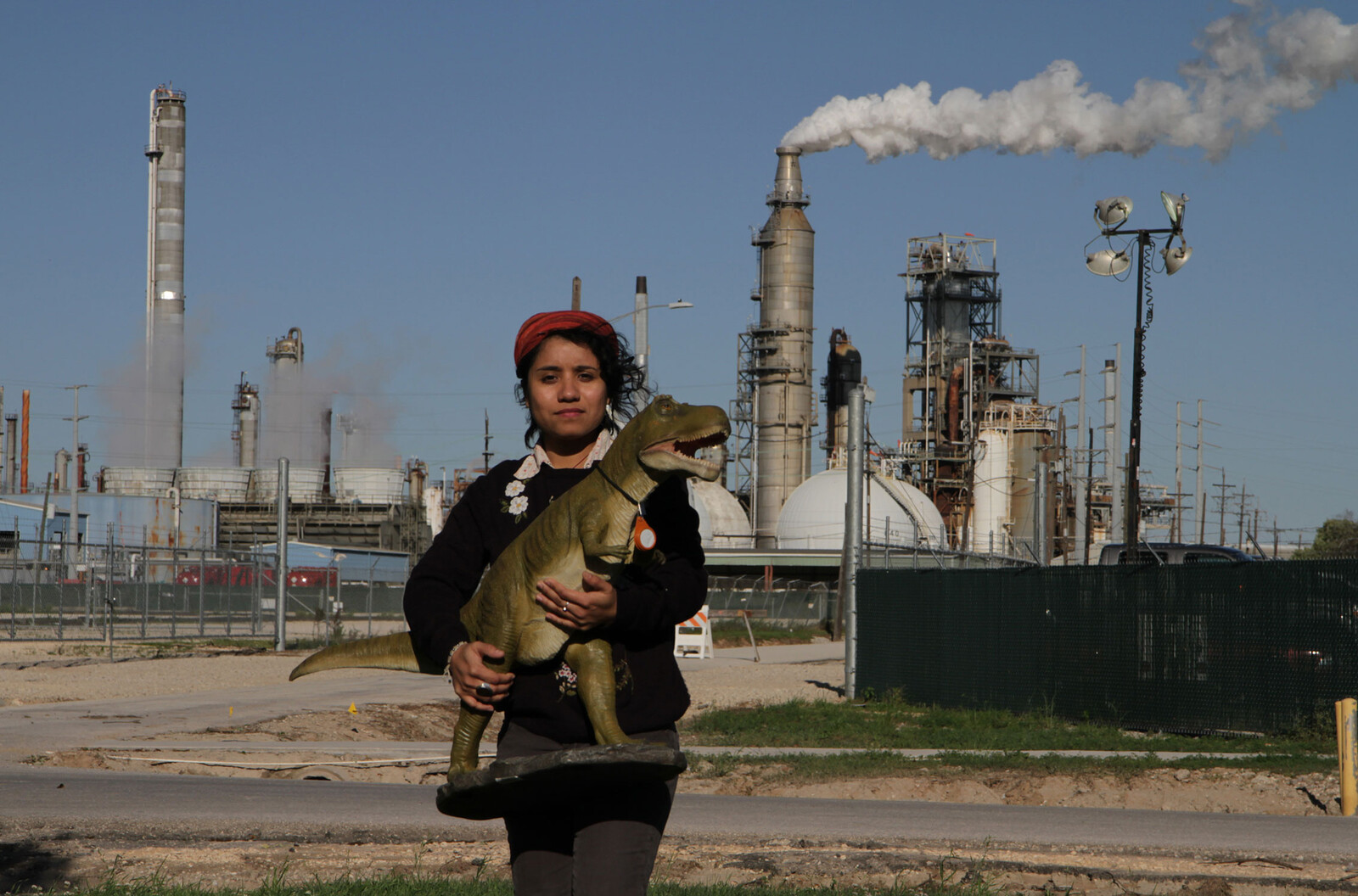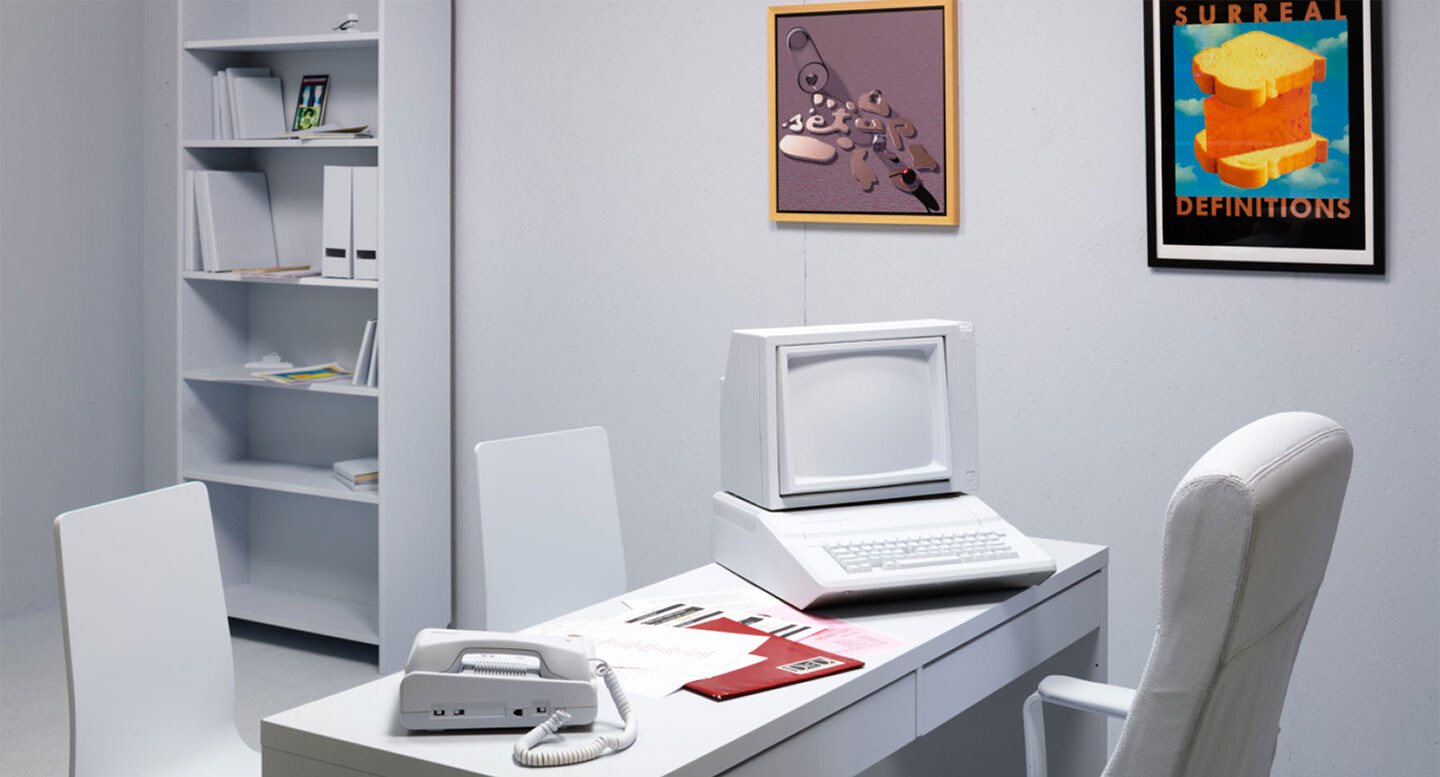We initially discover reality not as a simple sum of “facts.” Rather, we discover reality as a sum of necessities and constraints that do not allow us to do what we would like to do or to live as we would like to live. Reality is what divides our vision of the imaginary future into two parts: a realizable project, and “pure fantasy” that never can be realized. In this sense reality shows itself initially as realpolitik, as the sum of everything that can be done—in opposition to an “unrealistic” view of the conditions and limitations of human actions. This was the actual meaning of nineteenth-century realist literature and art, which presented “sober” and elaborate descriptions of the disappointments, frustrations, and failures that confronted romantic, socially and emotionally “idealistic” heroes when they tried to implement their ideals in “reality.”
The art world is perhaps a special case. Artists—despite canned Facebook congratulations and condolences related to progeny, parents, and pets—may not be invested professionally in cultivating niceness. Some curators and many art historians seem to duck online niceness in favor of an archly distant dignity. But much of the institutional apparatus in charge of distribution, circulation, publicity, and sales is on a long-term charm offensive. The experience economy, like the closely related caring economy, demands a public-relations approach. A very high proportion of museum and gallery staff, those who must communicate with people both inside and outside the institution, are, like the very high proportion of public-relations workers, women—a “pink-collar ghetto”—with all the prejudices that still calls forth.
The history of art tells us that art changed from the ancient era to the Middle Ages, from the Renaissance to modernism and postmodernism. The driving force behind this evolution is claimed to be external forces: social, political, even personal. As soon as these forces change, art changes—or so goes the argument. The trouble with this picture is that it describes well what happened, but it gives no idea of what will happen next. And it cannot tell us this precisely because it looks backward and assumes the driving forces to be external to art.
If it is true that the individual is caught in a circle of continuous undulation between enslavement and liberation, trapped in the paradox of simultaneously being her own master and slave, can learning from the logic of the machine provide a path for a new, alien beginning? And if it is true that instrumentality as such has developed its own logic through the evolution of machine complexity, shouldn’t we attempt to think the instrumentality of the post-cybernetic individual beyond the dualities of means and ends?
The takeover, executed in collaboration with the tourism complex’s employees—waiters, security guards, maids, and gardeners, who politely escorted shaken tourists to the bus station and airport—takes place after years of planning by a team of international environmentalists, leftist guerrilla strategists, Palestinian architectural decolonists, radical cultural producers, biologists, environmentalists, an international team of anthropologists from indigenous communities, and community leaders representing one hundred of the nearly four hundred ethnicities still surviving across Mexico. The interdisciplinary team has taken up the task of organizing communal forms of living in the complex, following the desires, needs, and concerns of the natives of the mountains in Guerrero. Their goal is to reconvert the Acapulco Diamante tourism complex into a sustainable habitat by restoring the ecology of the area; one of the first tasks is to turn the pools at the luxury hotels into fish farms. Technology and know-how have been imported from Gaza to build a desalinization and water-treatment plant, and from Belgium to build a solar energy system.
Some on the Left respond with refusal. Advocates of neo-primitivist lifestyle politics retreat to the forests and mountains, to DIY off-the-grid living that abandons the millions in the cities. This “not my problem” individualist survivalism reflects the ideological orientation of neoliberal capitalism. Survival-themed reality television has been big for over a decade. Others on the Left side with the things. They advocate horizontal relationships with rocks and nonlife, shift to deep time, and celebrate the microbes and weeds likely to thrive in a posthuman world. Here the genocidal mindset cultivated in the sixteenth century’s colonization of the Americas expands and turns back in on human life as a whole. The failure to value black and brown life, the inability to conceive living with and in diverse egalitarian communities, becomes the incapacity to value human life at all.
The artwork is now a derivative of its simulation. Of course there are many different kinds of simulations. It could be the JPEG of a particular work sent by a dealer to a collector, attached to a text message. The collector reads the text, looks at the JPEG, makes a decision about the artwork. But actually, the artwork is a derivative. It was the JPEG that mattered, as it is the JPEG on which the transaction depends. The collector might decide to buy or not buy the work, to reserve it, to see it later in person, and so on. As in other fields, the main thing traded here is the derivatives. The simulations are not worth much at all, or are such poor images that they might as well be free gifts.


